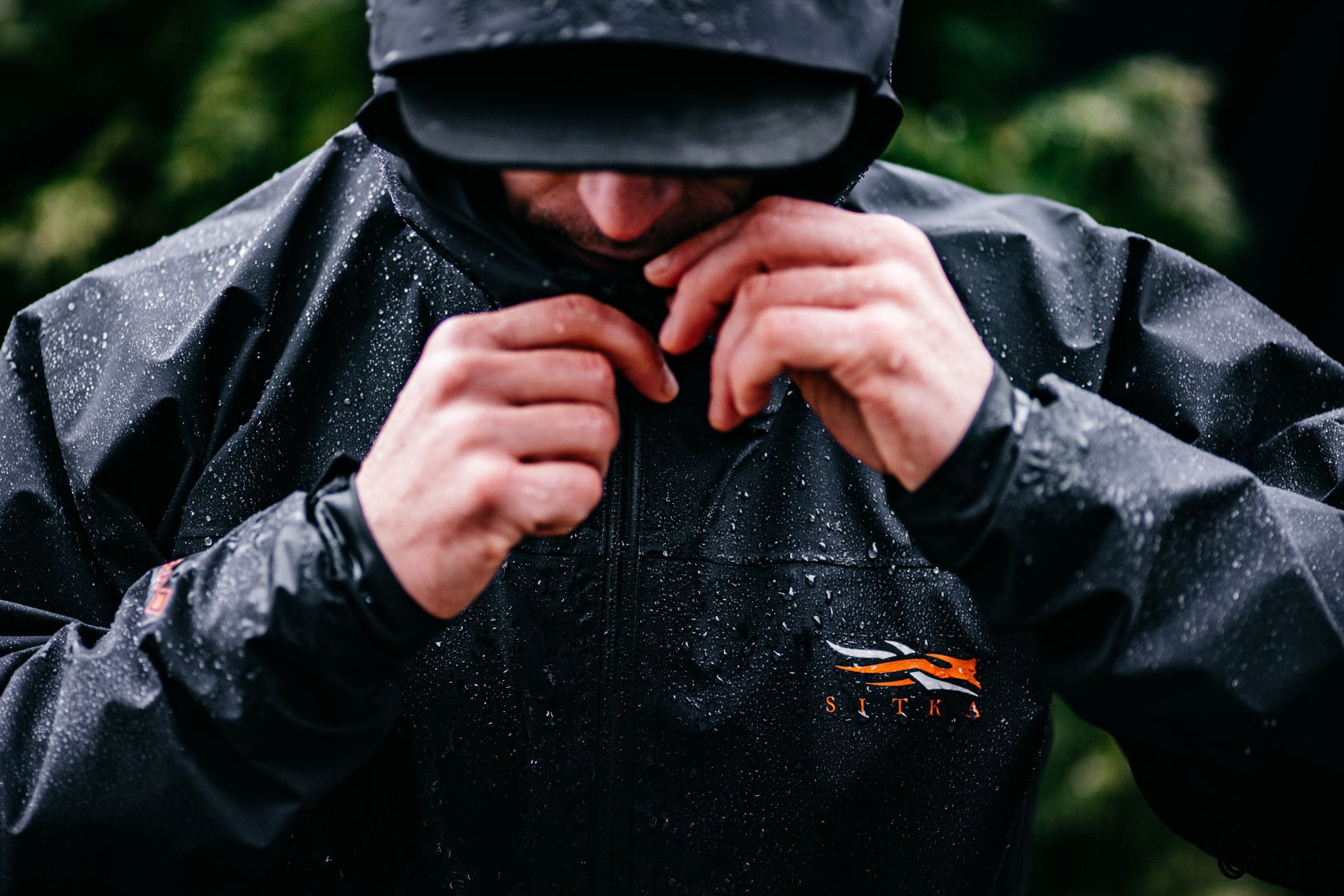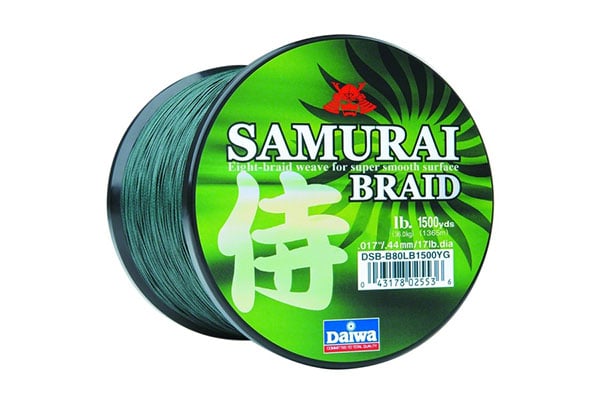In this post, we provide step-by-step instructions for cleaning and maintaining your performance jacket – a puffy jacket, a waterproof jacket made using a membrane (like Gore-Tex) and DWR coating, a technical fleece jacket, and a waxed hunting jacket.
How to Wash a Puffer Jacket (Down / Synthetic)
Giving your puffer jacket a regular wash is about more than just hygiene. Dirt, oils, and grime can reduce its insulating properties. A good cleaning not only keeps it looking fresh but also fluffs up the loft, so your jacket stays warm and works like it’s supposed to.
What You’ll Need
- Down or synthetic-specific detergent (regular detergent can strip natural oils in down or damage water-repellent finishes; use down soap for your down jacket, or a mild, non-detergent soap for your synthetic puffer). Do not use fabric softeners.
- Front-loading washing machine (gentler on your jacket than a top-loader).
- Dryer with a low heat setting OR a warm, dry place for air-drying.
- Clean tennis balls to prevent clumps during drying.
Optional:
- Stain remover to pre-treat spots.
- A mesh laundry bag for extra protection during washing.
How to Wash a Down Puffer Jacket
Step 1: Prep Your Jacket
Zip all zippers, secure buttons, close Velcro flaps, and turn your jacket inside out. This reduces the risk of tears.
Pre-treat visible stains (e.g., cuffs, collars) with mild soap or stain remover. Gently rub the area with a damp cloth or toothbrush for stubborn marks.
Step 2: Choose the Right Washer & Detergent
Front-Load Washers are ideal as top-load washers with agitators can snag the fabric. If a front-loader isn’t available, use a mesh laundry bag to protect your jacket.
Use cold or warm water on a gentle cycle—avoid hot water, as it can damage the fabric and insulation.
Add a down-safe or synthetic-safe detergent (check the bottle for exact measurements). Avoid fabric softeners—they can destroy your jacket’s water-repellent finish.
If your jacket is very ditry, stop the washer mid-wash for 30-60 minutes to let the soap soak it.
Step 3: Rinse Thoroughly
Once the wash cycle is done, run the jacket through an additional rinse cycle to ensure all soap residue is gone. Leftover detergent can prevent your jacket from lofting properly.
Step 4: Dry with Patience
Low Heat Dryer: Tumble dry on the lowest heat setting possible. High heat can damage the insulation. Add 2–3 clean tennis balls to the dryer to fluff the insulation as it dries. Pause the dryer every 30 minutes to manually break up any clumps.
Air Drying (if no dryer is available):
- Lay the jacket flat on a clean towel in a warm, well-ventilated space (out of direct sunlight).
- Gently break up insulation clumps by hand every few hours. Note that air drying can take days, depending on humidity.
Pro Tip: Don’t rush drying! Wet down or synthetic material feels dry long before it actually is. If stored damp, your jacket may develop mold or lose insulation power.
How to Wash a Synthetic Puffer Jacket
Synthetic jackets are designed to mimic the insulation properties of down while holding up better in wet conditions. Here are some specific tips for caring for synthetic insulation:
Washing:
- Use the same steps as above but know that synthetic fibers are slightly more forgiving than down.
- Avoid heavy detergents and fabric softeners, as they can degrade water-repellent coatings and breathability.
Drying:
- Air drying works well for synthetic-insulation jackets. If machine drying, always opt for the lowest heat setting.
- Tossing in tennis balls is still an excellent trick to maintain fluffiness.
Restore Water Repellency:
- Over time, the DWR coating on synthetic jackets might wear off. You can restore it with a spray-on or wash-in DWR treatment available at outdoor stores.
Storage:
- Store your synthetic jacket loosely in a breathable bag or on a hanger. Avoid compressing it for extended periods to maintain its insulation.
Things to Avoid
- No dry cleaning: The harsh chemicals can break down both down and synthetic fibers.
- Skip bleach and harsh detergents: These products strip oils and damage fabrics.
- Never iron your jacket: The high heat can melt both fabrics and insulation.
Quick Tips for Repairs
- Small rips and tears? Use nylon repair tape or down jacket repair patches. Just cut a piece slightly larger than the hole, round the edges, and adhere it to the damaged area.
- For larger repairs or ripped seams, consider sending the jacket to a professional repair service.
How to Wash Your Waterproof Jacket
Taking care of your waterproof jacket is just as important—and just as easy—as keeping your puffer clean. Regular washes are key because body oils and everyday grime can compromise the gear’s ability to bead water and breathe properly.
Here’s the deal: waterproof jackets have a two-layer system—a breathable, waterproof membrane and a DWR (durable water repellent) coating on the outside. Over time, dirt and oils build up, causing something called ‘wetting out,’ where water soaks into the outer layer instead of beading up. This not only kills breathability but also makes your jacket feel damp and clammy.
How to Wash Your Waterproof Jacket & Rain Gear
Step 1: Prep the Jacket (or any other waterproof garment or gear)
Empty all pockets, checking for tissues or forgotten snacks.
Close all zippers, including the main zipper, and secure Velcro straps or flaps to prevent snagging.
Brush off any loose dirt or debris.
Step 2: Choose the Right Detergent
Use a liquid detergent specifically designed for technical outerwear or outdoor gear. Regular laundry detergents, fabric softeners, and bleach can degrade the waterproof coating and damage the membrane of your waterproof jacket.
Step 3: Wash
Use a front-loading washing machine (it’s gentler on gear) or hand wash if needed.
Set the machine to a warm, delicate cycle (around 105°F/40°C).
Use a small amount of liquid detergent and avoid overloading the machine—washing half-loads ensures a thorough clean.
Add a second rinse cycle to fully remove any detergent residue, which can affect the performance of your jacket.
Step 4: Dry
Drying your jacket properly is critical to reactivate the DWR coating:
Tumble dry the jacket on low heat for about 20-30 minutes or until it’s completely dry. Heat is key to reactivating the water-repellent coating!
If you don’t have a dryer, air-dry your jacket and then use an iron on a gentle setting (no steam) to finish the job. Always place a thin towel or cloth between the iron and your jacket to prevent damage.
How to Wash Jackets with a GoreTex Persistent Beading Surface or Similar Tech
If you own a GORE-TEX jacket with a persistent water-beading surface (SHAKEDRY), washing it is super easy, and luckily, there’s no DWR to deal with since the outer layer is the GORE-TEX membrane itself. Just toss it in the washing machine on a delicate cycle with cold or lukewarm water (around 105°F/40°C) and you’re good to go. Skip the dry cleaning, tumble drying, ironing, or bleach—this fabric doesn’t need any of that.
When to Re-Waterproof
If your jacket still wets out after washing and drying, it’s time to reapply DWR. Use a wash-in or spray-on waterproofing product. Follow the product instructions carefully—wash-in treatments are easier for full coverage, while spray-ons are great for high-wear areas like shoulders and cuffs.
Tumble dry your jacket on a low-heat setting for about 20 minutes or, without a dryer, use a warm, no-steam iron with a cloth barrier to activate the treatment.
Signs It’s Time for a Wash
- Visible Dirt or Stains: Mud, coffee spills, or general grime.
- Wet Out: Water no longer beads up but spreads across the fabric.
- Frequent Use: Wash jackets without PFAS after every 7–10 uses, or older PFAS-coated jackets every 30 wears.
Quick Tips
- Always read your jacket’s care label for specific instructions.
- Keep utility jacket separate from regular laundry to avoid transferring oils and dirt.
- Re-waterproof periodically to maintain top performance.
How to Wash Your Tech Fleece Jacket
The word ‘tech’ in tech fleece might make it sound like caring for your performance fleece jackets and hoodies is some high-maintenance task. But actually, it’s even easier than washing a rain jacket or a puffer.
It’s always a good idea to start with the care label. It tells you everything you need to know about washing and drying your jacket safely. Since tech fleece is usually made from synthetic blends like polyester and nylon, you’ll want to follow those instructions carefully. These materials are known for their moisture-wicking and quick-drying properties, so a little extra care goes a long way in retaining those features.
Step 1: Prep Your Fleece Jacket for Washing
Check for Stains: Pre-treat stains with a gentle stain remover made for synthetic fabrics. Apply it, let it sit for a few minutes, and then you’re good to go.
Turn It Inside Out: Flipping the jacket inside out minimizes pilling and protects the exterior fabric.
Zip It Up: Fasten any zippers to prevent snagging and to protect other garments.
Sort Your Laundry: Wash it with similar colors and materials—dark fleece with darks, lighter ones with lights.
Step 2: Wash
Machine Washing:
Use Cold Water: Always go for cold water to prevent shrinkage and preserve the jacket’s shape.
Choose a Gentle Cycle: Select a delicate cycle to protect the fibers from excessive agitation.
Pick the Right Detergent: Use a mild detergent meant for synthetic fabrics. Skip the bleach and fabric softeners—they can cause long-term damage to the fibers.
Protect With a Laundry Bag: A mesh laundry bag can prevent unnecessary wear and tear.
Hand-Washing:
If you prefer an extra-gentle approach or don’t trust your washing machine, hand-washing works too.
Fill a large basin with cold water and mild detergent.
Submerge your jacket and agitate the water gently to loosen dirt.
Let it soak for 15-30 minutes, then rinse thoroughly until no soap remains.
Step 3: Dry
Avoid the dryer. High heat can ruin the synthetic fibers and reduce the jacket’s breathability. Air drying is the safest option:
- Gently Squeeze Water Out: Don’t wring; instead, lightly press the water out.
- Lay It Flat: Lay it on a clean towel or a drying rack, keeping it away from direct sunlight to prevent fading.
If you’re in a rush and absolutely need to use a dryer, set it to the lowest heat and keep an eye on your jacket to prevent over-drying.
How to Wash Your Waxed Hunting Jacket
Waxed jackets might not be what comes to mind when you hear ‘technical jacket,’ but they’re still a go-to for some hunters—and they definitely need special care.
What NOT to Do
Before we get into the cleaning process, here are some things you should avoid:
- No washing machines or dryers: The tumbling action and detergents can strip the signature wax coating and ruin the jacket’s water resistance.
- No dry cleaning: The harsh chemicals used in dry cleaning will damage the wax.
- No direct heat exposure: Avoid drying your jacket in the sun or near heaters.
Step 1: Brush Off the Dirt
Lay your jacket flat on a surface and use a soft-bristled brush or a damp cloth to gently remove dirt, dust, and debris. Be careful not to scrub too hard, as it could damage the wax coating. Pay special attention to seams, shoulders, and cuffs—these areas tend to accumulate the most grime.
Step 2: Give It a Gentle Wipe-Down
Using cold water and a sponge or soft cloth, gently wipe down the exterior of the jacket. Do not use soap, detergent, or any kind of cleaning agent—these will degrade the wax. For jackets with corduroy collars or upturned cuffs, make sure you clean under and around these areas thoroughly.
Step 3: Spot-Clean the Inner Lining
If the inside of your jacket needs cleaning, you can use a sponge dampened with a mixture of water and a tiny bit of white vinegar. This will help neutralize odors and remove any mildew. Never leave the vinegar on for more than 10 minutes, and make sure to wipe it clean with a damp cloth afterwards.
Step 4: Air Dry Thoroughly
Allow your jacket to air dry in a cool, ventilated area, away from direct sunlight and heat sources. Make sure the pockets are turned out and the collar is flipped up to ensure no moisture lingers in hidden areas. This prevents mildew from forming.
Step 5: Re-Wax (If Needed)
Once your jacket is clean and dry, it’s time to assess whether it needs re-waxing. To test, spray a bit of water on the fabric. If the water beads up and rolls off, your jacket’s good to go. If the water soaks into the fabric, reapply the wax.
What You’ll Need:
- Fabric wax
- A hair dryer or heat gun
- Soft cloth or sponge applicator
- A well-protected workspace (newspaper or plastic sheets work)
How to Re-Wax:
- Preheat the jacket and wax: Use a hair dryer to warm up the jacket slightly—this will help the wax spread more evenly. If your wax is in a tin, stand it in hot water for 10-20 minutes to soften it.
- Apply the wax: Using a cloth, sponge, or your hands (gloved), apply the wax in small sections. Rub it into the fabric in circular motions, giving extra attention to high-wear areas like shoulders, elbows, and seams.
- Heat to seal: After applying, use the hair dryer on a low setting to melt the wax into the fabric. This ensures it bonds with the fibers and provides optimal waterproofing.
- Wipe off excess: If you notice any pooling or uneven patches, use a clean cloth to smooth them out.
- Cure and dry: Hang the jacket in a cool, well-ventilated area to cure for at least 24 hours. Avoid contact with other fabrics during this time, as the wax can stain.
Quick Tips
- Re-wax your jacket at least once a year, or more often if you wear it frequently.
- Store your jacket in a dry, cool place to avoid mold and mildew.
- Repair any damages, like tears or loose stitching, promptly to extend your jacket’s lifespan.















